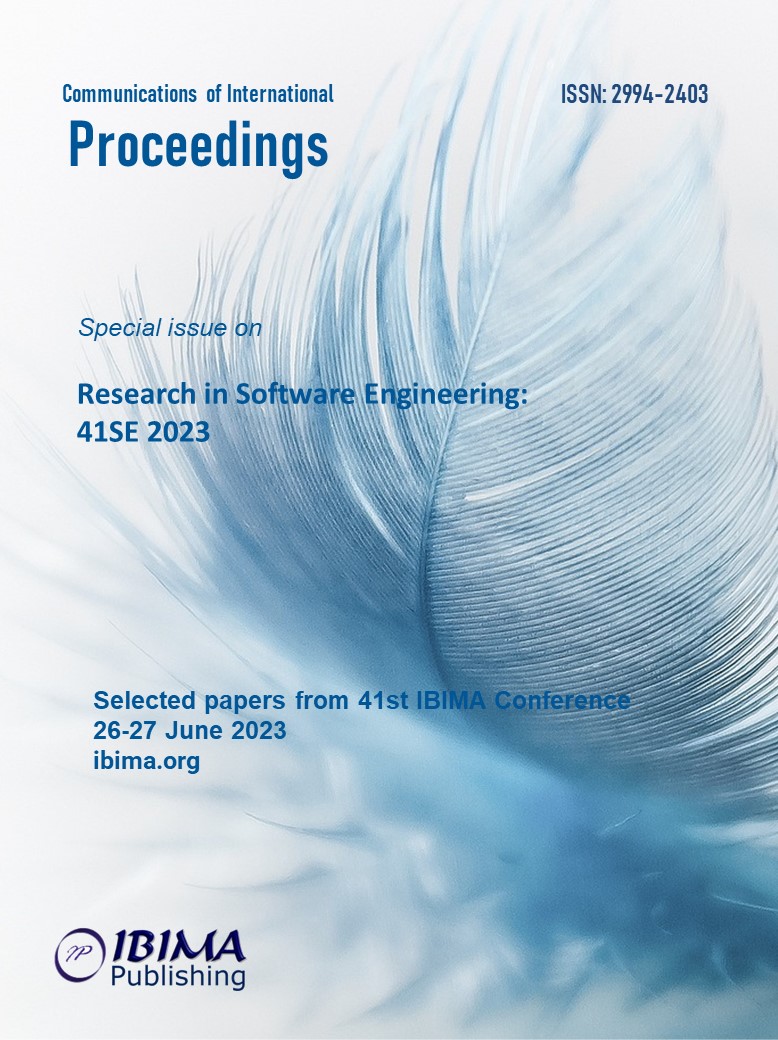
Leszek Nowosielski and Bartosz Dudziński
Military University of Technology, Warsaw, Poland

The purpose of the research described in the article is to evaluate the possibility of information leakage through compromising emanations radiated from a VGA graphical interface during image transmission. The article proposes a laboratory stand configuration and methodology for testing these emanations. The research addresses a gap in the literature, highlighting the importance of studying compromising emanations and their potential risks in the context of IT devices. The authors emphasize the need to minimize radiated and conducted emissions in IT devices used for displaying classified information, as unauthorized interception and reproduction of conveyed information pose significant threats. The methodology of the study involves the use of specialized instruments, including measurement sensors such as antennas, power line impedance stabilization network and absorption clamp, as well as a measurement receiver, signal generator, and RF circuits commutators. The laboratory stand configuration presented in the article is based on equipment offered by the Rohde&Schwarz company. Testing is conducted in testing laboratories equipped with semi-anechoic chambers (SAC). The anechoic chamber provides insulation of the tested equipment from external electromagnetic environment, ensuring separation of emissions generated by the researched object from external disturbances. The measurement sensors and the tested object are placed within the anechoic chamber, while other instruments necessary for measurements are placed in a neighboring control room. The evaluation method involves connecting the appropriate measurement sensors to the input of the measurement receiver using coaxial cables. The measurement receiver, oscilloscope, and RF circuits commutator are connected to a control personal computer (PC) for data analysis and control of the measurement process. The results of the compromising emanation investigations tests are presented in the article. The tests are divided into tunable and nontunable tests. Tunable tests utilize the measurement receiver to analyze emissions within specified frequency ranges, while nontunable tests involve the use of an oscilloscope or A/D converter for signal analysis. During the tests, the authors focused on recovering compromising emanation signals from the VGA interface. The effectiveness of the laboratory stand in reproducing test images containing specific signals was evaluated. The quality of the reproduced test images improved when averaging subsequent copies of the received signal from the tested IT device. In conclusion, the article presents a laboratory stand configuration, methodology for testing compromising emanations from a VGA interface, and example results of the investigations. The research aims to address the possibility of information leakage through radiated emanations and highlights the importance of mitigating risks associated with compromising emanations from IT devices.